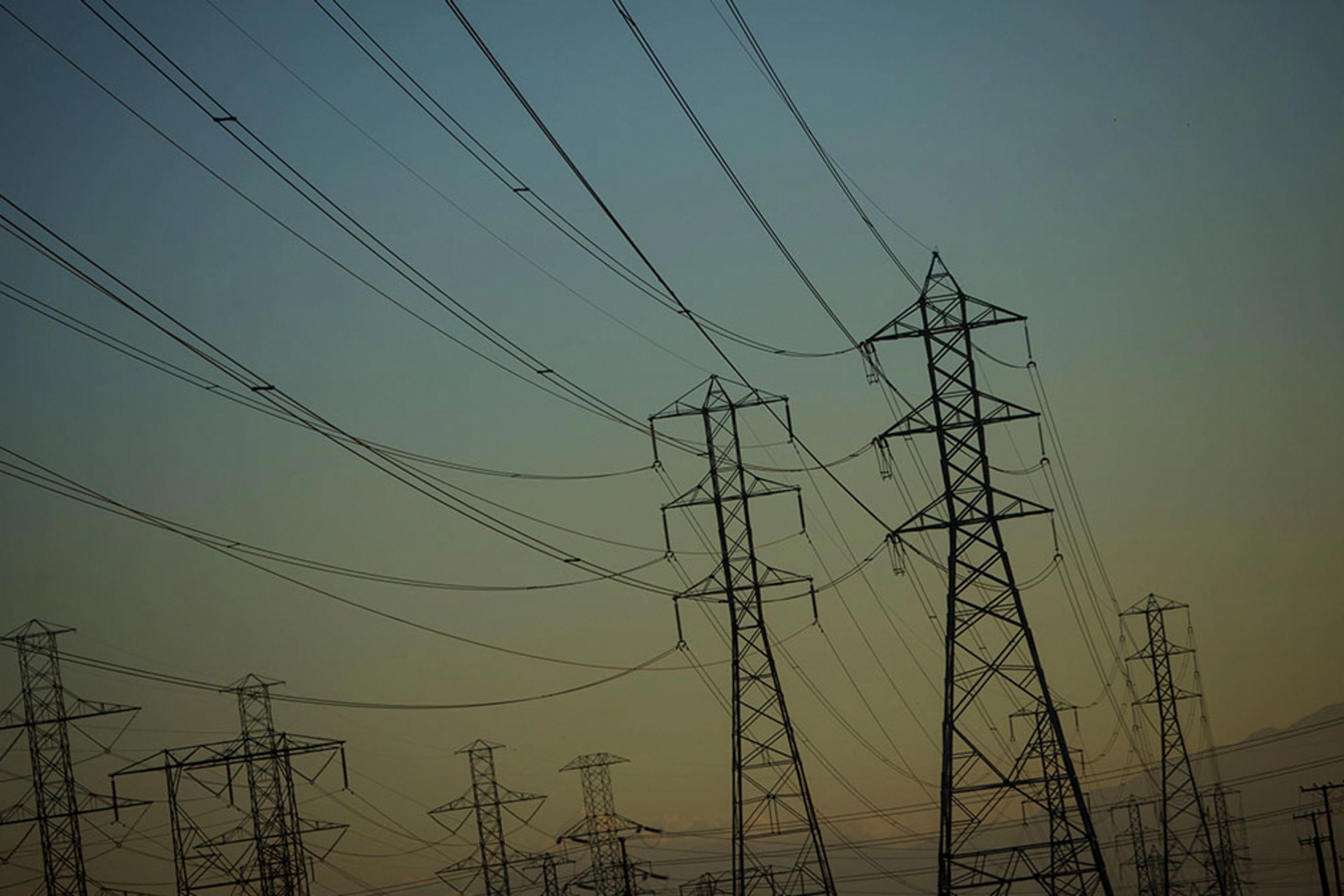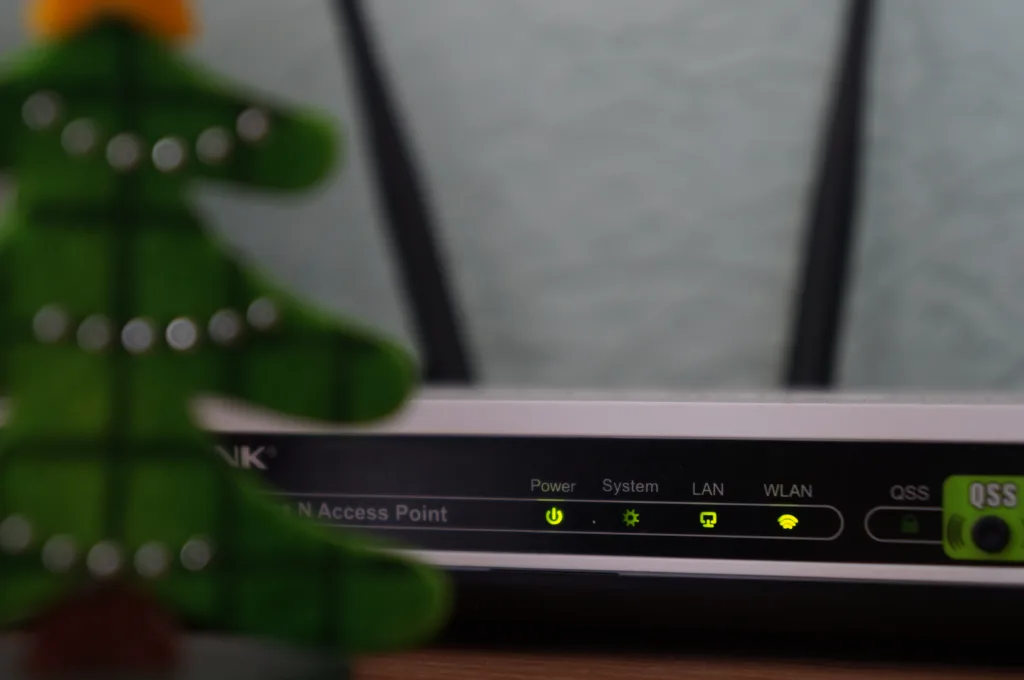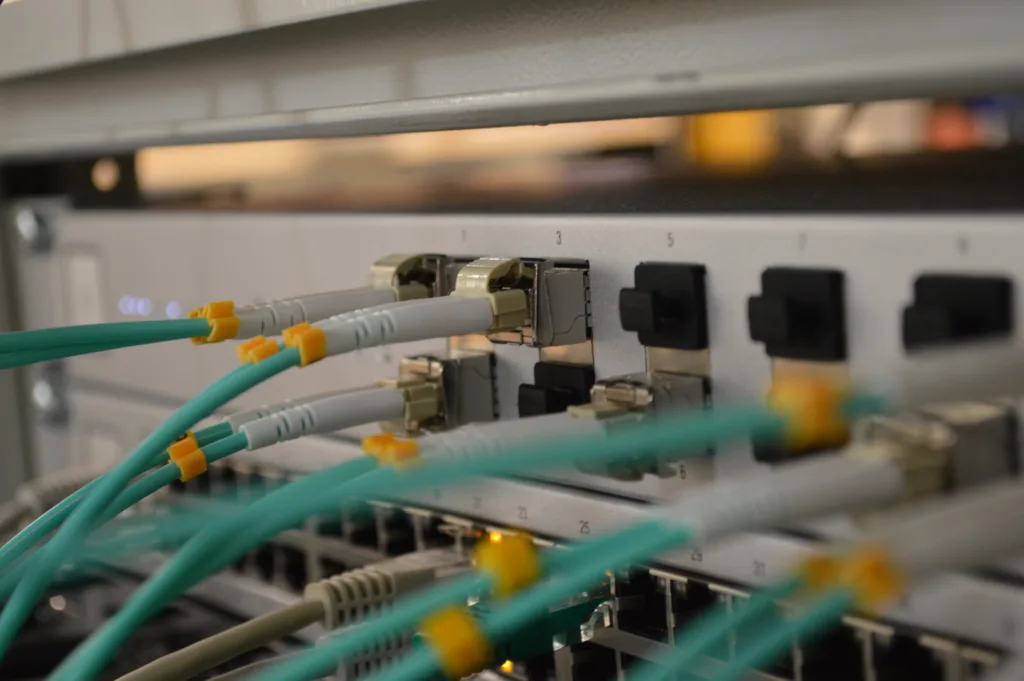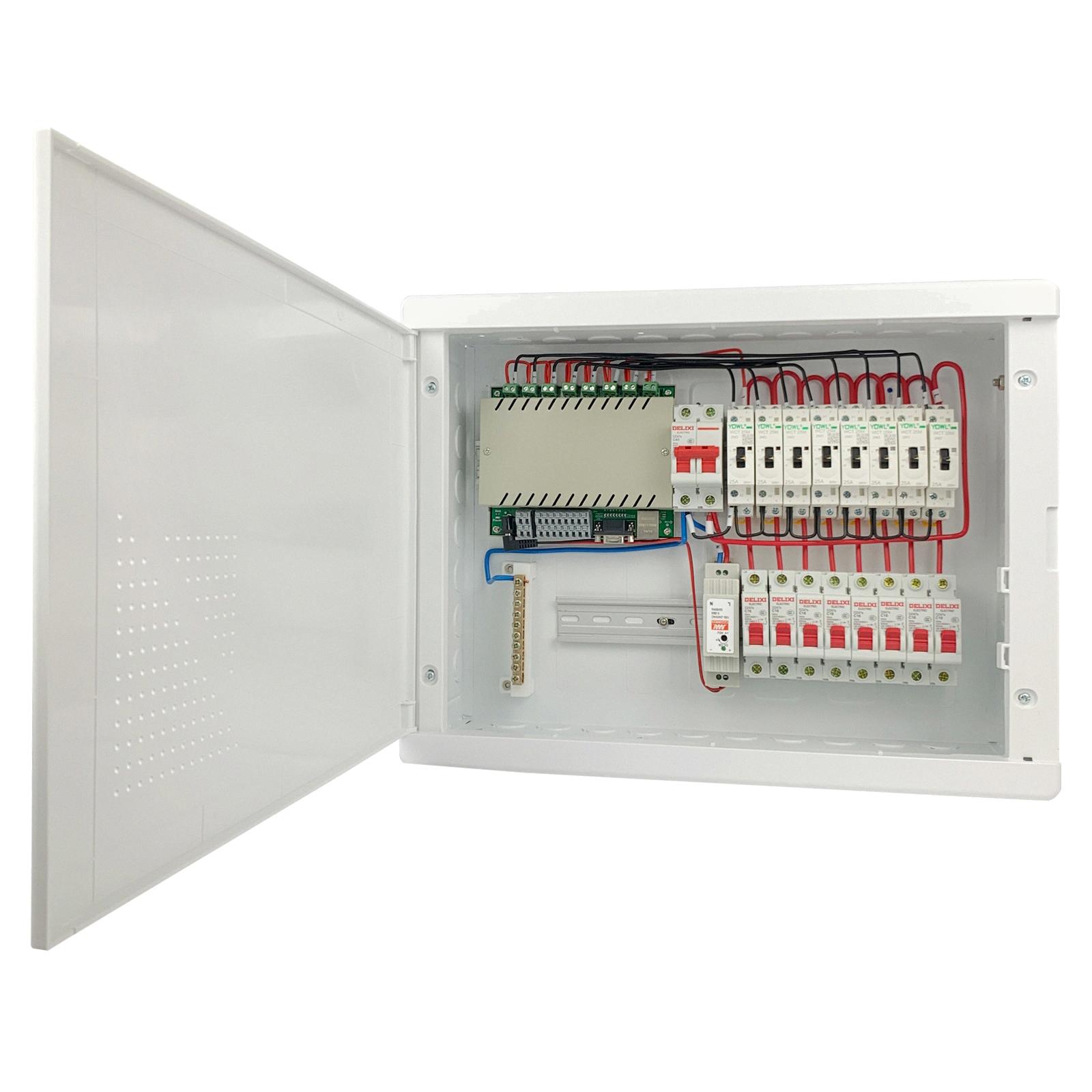Are you struggling to understand Dynamic Frequency Selection (DFS) channels and how they work? Look no further! In this blog post, we will explore the basics of DFS channels, including the range of frequencies they occupy, the U.S. non-DFS and DFS channels, and how to enable them on your devices.
Dynamic Frequency Selection (DFS) is a spectrum-sharing mechanism that allows multiple Wireless Local Area Networks (WLANs) to coexist with radar systems by automatically selecting a frequency that does not interfere with cetain radar systems while operating in the 5 GHz band. For the U.S., there are nine non-DFS channels: 36, 40, 44, 48, 149, 153, 157, 161 and 165; as well as 16 DFS channels: 52, 56, 60, 64, 100, 104, 108 112 116 120 124 128 132 136 140 and 144. These channels are in the 5.25 GHz and 5.73 GHz frequency range.
Now that we understand what DFS is and what it does let’s look at how we can enable it on our devices so that they can make use of these channels. To do this we need to log into the device’s user interface and select Advanced Pages in the upper right-hand corner of the landing page before selecting Wireless → Advanced from the pull-down menu for 802.11h (DFS). Once there we can select ‘Enabled’ before clicking ‘Save’ at which point our device should be able to make use of these new channels!
It is also important to note that iOS devices only scan DFS channels in UNII-2e/Band B every 6 scans while Android devices scan continuously for available networks when enabled so be sure check your device’s capabilities before enabling them!
We hope this blog post has given you a better understanding of Dynamic Frequency Selection (DFS) channels; what they are; what they do; their range of frequencies; their U.S non-DFS and DFS channel numbers; as well as how we can enable them on our devices!
What Does DFS Mean in Relation to Wi-Fi Channels?
Dynamic Frequency Selection (DFS) on Wi-Fi channels is a spectrum-sharing mechanism that enables multiple Wireless Local Area Networks (WLANs) to coexist with radar systems. It provides a way for WLANs to operate in the 5 GHz band withut interfering with radar systems. DFS works by automatically selecting an appropriate frequency on which to operate, and then regularly monitoring the channel for any radar signals. If the channel is found to be occupied by a radar signal, it will switch to another frequency that is not being used by a radar system. This helps ensure that WLANs can share the same spectrum with radar systems without causing interference.

Source: cfr.org
Understanding Non-DFS Channels
Non-DFS channels are wireless spectrum channels that do not require radar detection for operation. This means that devices operating on these frequencies can run at full power without risk of interference from other devices. The U.S. currently has nine non-DFS channels: 36, 40, 44, 48, 149, 153, 157, 161, and 165. These channels are in the 5.25 GHz and 5.73 GHz frequency range and can be used to transmit data at a higher rate than DFS channels.
Enabling DFS Channels
To enable DFS channels, log into the device’s user interface. Select Advanced Pages in the upper right-hand corner of the landing page. Select Wireless → Advanced. From the pull-down menu for 802.11h (DFS), select Enabled and then click Save to confirm the changes. Once enabled, you can use the available DFS channels to improve your wireless network performance and reliability.
Can iPhones Access DFS Channels?
Yes, iPhones can use DFS channels. DFS stands for Dynamic Frequency Selection, and is a technique used by WiFi networks to detect other networks operating on the same frequency and switch to another frequency that is not being used. On iOS devices, DFS channels are scanned in the UNII-2e/Band B every 6 scans. This helps to ensure that interference from other wireless networks is minimized. Additionally, most network routers also support DFS channels, so connecting your iPhone to a router that supports them will ensure optimal performance and reliability.
Should I Use DFS Channels?
Yes, you should avoid DFS channels for applications and client types that are sensitive to AP re-associations. This is because when a DFS channel changes due to radar avoidance, all connected clients will be dropped from the wireless network at the time of the avoidance, and again when the AP reassigns itself back to the original channel. For applications and client types that require a reliable connection, this could lead to delays or even complete disconnection. Therefore, if your application or client type is sensitive to AP re-associations, it is best to avoid using DFS channels altogether.

Should DFS Channels Be Allowed?
The answer to this question depends on your specific situation. DFS channels can help increase the number of Wi-Fi channels available, which can be beneficial in areas with a lot of wireless traffic. However, they come with some drawbacks as well. DFS channels require a Channel Availability Check process, which can take time and resources to complete. Additionally, using DFS channels may cause interference with radar systems, which could disrupt other networks or services. Weighing the benefits and drawbacks of enabling DFS channels is an important decision that should be based on your particular environment and needs.
What Is the Best Channel for 5GHz Frequency?
The best channel for 5 GHz depends on many factors, such as the amount of interference in the area, the number of other wireless networks in the vicinity, and the type of device you’re using. Generally speaking, channels 36-40 and 149-153 are a good place to start as they are less congested than other channels. If you’re using a wide channel width (40 MHz or higher), then 44-48 and 157-161 may also be good options. Ultimately, it’s important to check your local environment to determine which channels are least congested.
What Is the Best Channel Width for 5GHz?
The best channel width for 5GHz depends on your specific needs and environment. Generally speaking, 40MHz is the most reliable and efficient choice due to its ability to reduce interference from nearby networks. However, if you need more speed then you may want to consider using an 80MHz or 160MHz channel width. Keep in mind that these wider channels will also increase the amount of interference from other devices that are operating nearby.
Differences Between DFS and Non-DFS Channels
DFS (Dynamic Frequency Selection) channels are used in Wi-Fi networks to allow more users to use the same airspace. These channels are shared with other users, including higher priority users such as weather radars. To protect these users, DFS channels require a device to scan its environment before transmitting and will switch frequencies if it detects a radar signal.
Non-DFS channels do not require scanning the environment before transmission, so they provide faster connection speeds and are generally preferred by most users. However, they must still abide by all applicable regulations designed to protect other users of the airspace.

DFS Channels in 5GHz Frequency Range
DFS channels in the 5GHz range are a set of frequencies reserved for use by radar systems. They allow Wi-Fi networks to use these channels withut interfering with military, satellite, and weather radar systems. In the US, DFS channels include 5.27 GHz to 5.55 GHz and 5.67 GHz to 5.85 GHz bands, while in Europe they are limited to the 5.27 GHz to 5.67 GHz band only. Each channel is 20MHz wide and has a total of 12 non-overlapping channels available for use in the US and 8 in Europe. It is important to note that devices using DFS channels must be able to detect radar signals or risk interference from other services using these frequencies so it’s important for users to make sure their device supports DFS before using them!
Do All Clients Support DFS Channels?
No, not all clients support DFS channels. DFS channels are an advanced type of wireless channel that takes advantage of additional frequencies not typically used by other wireless devices. While they provide more available channels, they also require additional hardware and software on the client side to be able to access them. This means that only certain types of clients or equipment are capable of using these channels and not all clients will have this capability. Additionally, the use of DFS channels is subject to local laws and regulations, so even if a client does have the necessay hardware and software, it may not be allowed to access these extra frequencies in certain areas.
The Effects of Activating a DFS
Activating a Dragonfire Shield (DFS) expends one charge to unleash a blast of dragonfire at a target, dealing up to 25 damage. The dragonfire is highly effective against magical creatures and has a chance of stunning them for a few seconds.
The Suitability of Channel 44 for 5GHz Networks
Channel 44 is a great option for 5GHz networks, as it is one of the four channels that make up the UNII-1 band. This band covers frequencies from 5,150MHz to 5,250MHz and offers good performance in terms of signal strength and speed. Channel 44 offers an optimal balance between range and network speed, so it’s an ideal choice for most users. Additionally, it is widely used by the majority of devices, making it easy to find compatible hardware.

Source: aliexpress.com
What Is the Best Wi-Fi Channel for an iPhone?
The best Wi-Fi channel for an iPhone will depend on a few factors, such as the location of the router and the number of other devices in the area. Generally, it is best to choose a channel with less interference from other nearby networks. To do this, try using a Wi-Fi scanner app such as NetSpot to scan your area and identify which channels are being used by your neighbors. Once you have identified these channels, avoid them and pick one that has feer users in your vicinity. Additionally, it may be beneficial to choose a higher frequency band (5GHz) if possible, since this will reduce interference from other wireless devices that operate on the 2.4GHz band.
DFS Device Support
Any device that uses the 5 GHz band and complies with the IEEE 802.11 standard must support DFS. This includes access points, routers, wireless bridges and repeaters, as well as other wireless devices such as gaming consoles, tablets, smartphones, and more. All of these devices must support DFS in order to be legally used in the 5 GHz band.
Conclusion
In conclusion, Dynamic Frequency Selection (DFS) channels are a spectrum-sharing mechanism that enables multiple Wireless Local Area Networks to coexist with radar systems that operate in the 5 GHz frequency band. DFS channels are located in the 5.25GHz and 5.73GHz frequency range and consist of 16 channels. These channels must be enabled through a user interface to ensure that they do not interfere with any radar systems. iOS devices typically scan DFS channels in UNII-2e/Band B every 6 scans. By utilizing DFS channels, wireless networks can be deployed more efficiently while still protecting the integrity of existing radar systems.
